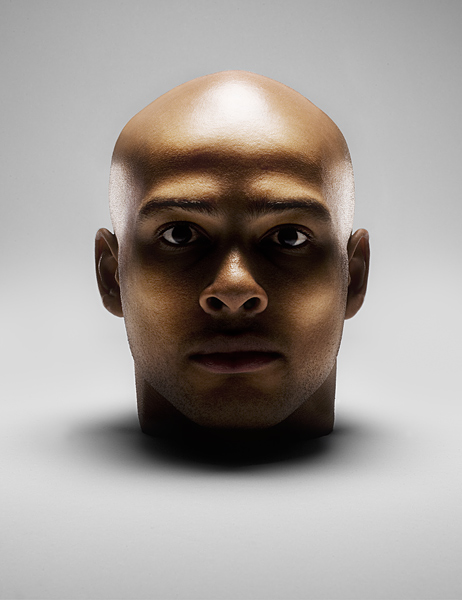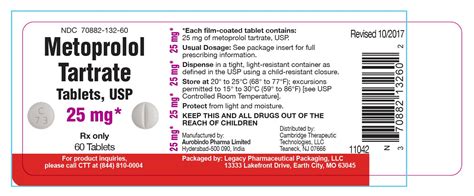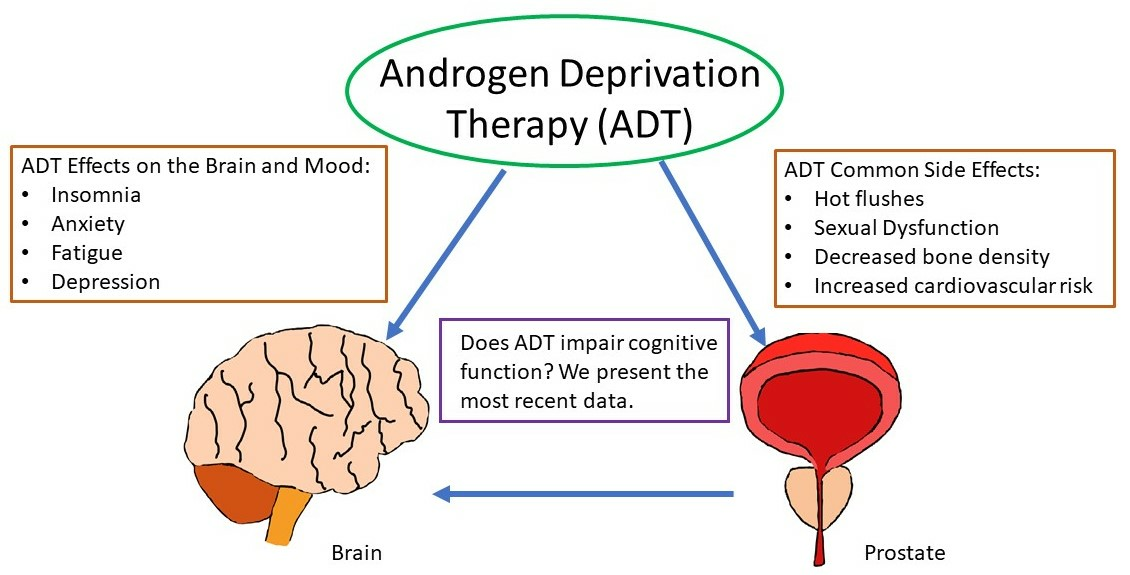The human brain, a complex and intricate organ, is susceptible to various injuries and diseases that can affect its function and overall health. Magnetic Resonance Imaging (MRI) of the head is a non-invasive diagnostic tool that allows medical professionals to visualize the brain’s internal structures, identifying abnormalities and aiding in the diagnosis of conditions such as strokes, tumors, and vascular diseases. This guide aims to provide a comprehensive understanding of head MRI scan results, helping patients and caregivers decipher the complex information and make informed decisions about their health.
Introduction to Head MRI Scans
Head MRI scans utilize a strong magnetic field and radio waves to generate detailed images of the brain’s structures. The procedure is painless and typically lasts between 15 to 90 minutes, depending on the type of scan and the number of images required. During the scan, patients lie on a moving table that slides into a large, cylindrical machine. The machine’s magnetic field and radio waves work in tandem to capture images of the brain, which are then reconstructed into detailed cross-sectional views.
Understanding Scan Results
Interpreting head MRI scan results can be challenging, as the images produced require a thorough understanding of brain anatomy and pathology. The following elements are crucial in understanding scan results:
- Image Orientation: MRI images can be viewed in three planes: axial (horizontal), sagittal (vertical), and coronal (frontal). Each plane provides a unique perspective on the brain’s structures.
- Gray and White Matter: The brain is composed of gray matter, which contains neuron cell bodies, and white matter, which consists of nerve fibers. Differentiating between these two types of matter is essential in identifying abnormalities.
- Contrast Agents: In some cases, a contrast agent (usually gadolinium) is administered to highlight specific areas of the brain. This can aid in the detection of tumors, inflammation, and vascular diseases.
Common Abnormalities Detected by Head MRI Scans
Head MRI scans can detect a wide range of abnormalities, including:
- Stroke and Cerebral Vasculature: MRI scans can identify areas of brain tissue that have been damaged due to stroke, as well as abnormalities in the blood vessels, such as aneurysms or arteriovenous malformations.
- Tumors: Primary and metastatic brain tumors can be visualized, allowing for accurate diagnosis and treatment planning.
- Inflammatory Diseases: Conditions such as multiple sclerosis, encephalitis, and meningitis can be diagnosed and monitored using MRI scans.
- Traumatic Brain Injury: MRI scans can detect damage to brain tissue, including hemorrhages, edema, and skull fractures, resulting from head trauma.
Decoding MRI Reports
MRI reports are typically written by radiologists and contain detailed information about the scan results. Key components of an MRI report include:
- Clinical History: A brief summary of the patient’s medical history and the reason for the scan.
- Technique: A description of the scanning protocol used, including the type of machine, coil, and sequences employed.
- Findings: A detailed description of the abnormalities detected, including their location, size, and characteristics.
- Impression: A summary of the radiologist’s interpretation of the findings and any relevant diagnoses.
To illustrate the complexity of MRI reports, consider the following example:
“A 45-year-old male patient presented with symptoms of numbness and weakness in the left arm. The MRI scan revealed a 2 cm x 3 cm mass in the right frontal lobe, consistent with a glioblastoma. The mass demonstrated heterogeneous enhancement with contrast agent, suggesting a high-grade tumor. The patient’s symptoms are likely related to the mass effect caused by the tumor, which is compressing adjacent brain tissue.”
Frequently Asked Questions
What is the difference between a head MRI and a head CT scan?
+A head MRI scan uses a magnetic field and radio waves to generate images, while a head CT scan uses X-rays to produce images. MRI scans are generally better at visualizing soft tissue, such as brain tissue, while CT scans are better at visualizing bone and blood vessels.
How long does a head MRI scan take?
+The duration of a head MRI scan can vary depending on the type of scan and the number of images required. Typically, a head MRI scan can take anywhere from 15 to 90 minutes.
Is a head MRI scan painful?
+No, a head MRI scan is a non-invasive and painless procedure. However, some patients may experience claustrophobia or discomfort due to the confined space of the MRI machine.
Conclusion
Head MRI scans are a powerful diagnostic tool, providing valuable insights into the brain’s internal structures and aiding in the diagnosis of various conditions. By understanding the basics of head MRI scans, including image orientation, contrast agents, and common abnormalities, patients and caregivers can better navigate the complex world of MRI scan results. Remember, a thorough understanding of MRI reports and a collaborative approach with healthcare professionals are essential in making informed decisions about treatment and care.
In addition to the information provided above, patients and caregivers can also benefit from understanding the latest advancements in MRI technology, such as functional MRI (fMRI) and diffusion tensor imaging (DTI). These advanced techniques can provide further insights into brain function and structure, aiding in the diagnosis and treatment of complex neurological conditions.
By combining the knowledge and expertise of radiologists, neurologists, and other healthcare professionals, patients can receive comprehensive and personalized care, ultimately improving their quality of life and outcomes. As the field of neuroimaging continues to evolve, it is essential to stay informed and adapt to new developments, ensuring that patients receive the best possible care and treatment.
To further illustrate the importance of head MRI scans, consider the following scenario:
A 30-year-old female patient presents with symptoms of seizures and memory loss. The MRI scan reveals a small tumor in the left temporal lobe, which is causing the patient’s symptoms. The tumor is successfully removed, and the patient undergoes rehabilitation to regain her cognitive function. In this scenario, the head MRI scan played a critical role in diagnosing the patient’s condition and guiding her treatment.
In conclusion, head MRI scans are a valuable diagnostic tool that can aid in the diagnosis and treatment of various neurological conditions. By understanding the basics of head MRI scans and staying informed about the latest advancements in MRI technology, patients and caregivers can make informed decisions about their health and receive the best possible care.



